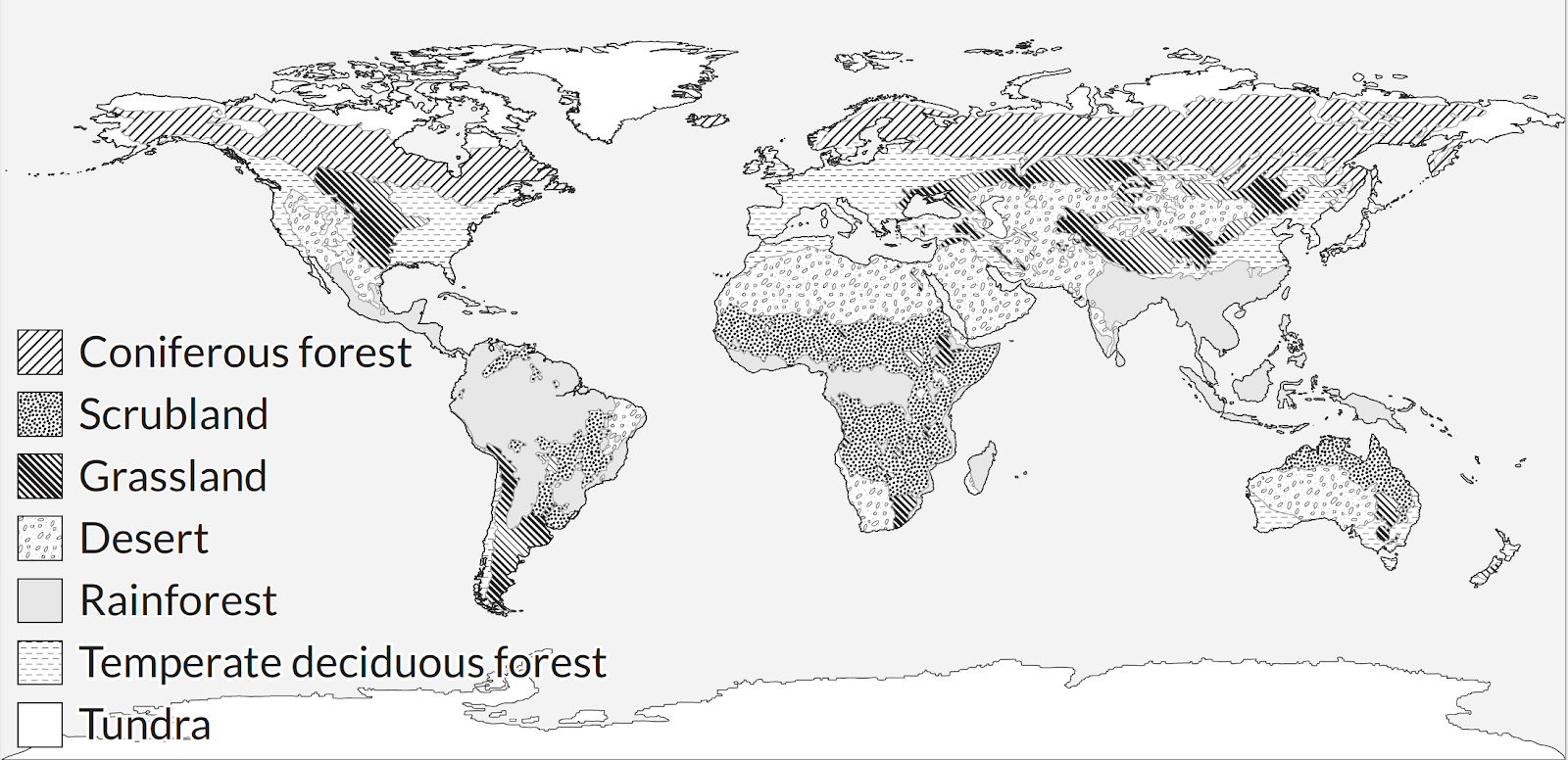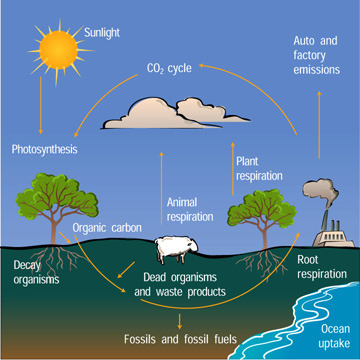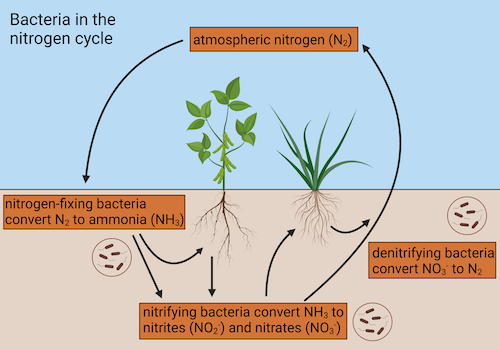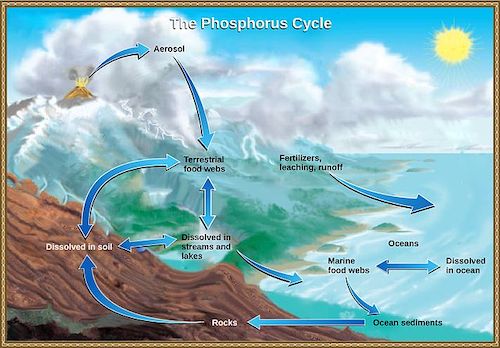Ecosystems / Organisms
1/30
Earn XP
Description and Tags
Name | Mastery | Learn | Test | Matching | Spaced |
|---|
No study sessions yet.
31 Terms
Symbiosis
close, long-term interactions between individuals of two different species.
mutualism
commensalism
parasitism.
Mutualism
two organisms of different species provide each other with resources or services, and both organisms benefit.
+ / +
Commensalism
one organism benefits, and the other organism is not significantly affected
+ / ?
Parasitism
one organism—the parasite—benefits by living and feeding on another organism—the host—who is harmed but not immediately killed
+ / -
Population
group of organisms of one species that interbreed and live in the same place at the same time
Community
interacting group of various species in a common location
Ecosystem
a particular location on Earth with interacting biotic (living) and abiotic (nonliving) components
Biome
geographic region that is characterized by a certain climate and diverse presence of plants and animals

Littoral Zone (lake)
Top, near-shore layer of a lake
Shallow
Plentiful sunlight and nutrient inputs from the surrounding land
Supports a wide variety of plants and animals.
Limnetic / Open-Water Zone (lake)
Sunlit surface layer
Where most photosynthesis takes place
Starts away from shore, just past the littoral zone, extends to the depth penetrated by sunlight
Supports phytoplankton and zooplankton, along with freshwater fish
Profundal / Deep-Water Zone (lake)
Deep, open-water layer
Too dark for photosynthesis
Cooler water, less dissolved oxygen than the shallower zones
Supports fish adapted to these cooler waters
Benthic Zone (lake)
Soil, soil organisms at the bottom of the lake
Decomposers
Low oxygen
Three Zones of Rivers
Source
water at high elevations collects from precipitation and snowmelt
cold, fast moving
high DO content, low nutrient content
Transition
wider + slower moving
less DO, more sediment
warmer, more nutrient rich (supports wide variety of organisms)
Floodplain
More sediment, even less DO
Supports greatest variety of organisms
Generalist vs Specialist
Generalist:
species with a broad niche that is easily adaptable to many environmental conditions
Specialist:
narrow niche with incredibly specific needs in order to survive
Carbon vs Carbon Dioxide
Carbon
An essential element that forms the base of all organic matter, including the bodies of living organisms, and is a key component of fossil fuels.
Carbon Dioxide
A compound in the atmosphere that is taken in by photosynthetic organisms to make organic molecules and is later released back into the atmosphere through processes such as respiration and decomposition
Photosynthesis
The process by which energy from sunlight is used to transform carbon dioxide from the atmosphere into the organic matter that fuels food webs
Cellular Respiration
The process by which living organisms break down organic compounds to produce usable energy, releasing carbon dioxide into the atmosphere as a by-product
Biogeochemical Cycles
Earth is a closed system: matter cannot be created or destroyed (law of conservation of mass). Instead, matter moves through the earth in biogeochemical cycles.
Carbon Cycle

Carbon Sinks
Natural or artificial reservoirs that absorb and store carbon dioxide from the atmosphere, helping to mitigate climate change
Largest Reservoir of Nitrogen on Earth?
Atmosphere - nitrogen gas makes up 78%
However, plants and animals cannot directly use this nitrogen gas. To get the forms of nitrogen they need, these organisms rely on the nitrogen cycle
Steps of the Nitrogen Cycle
Nitrogen fixation: During this step, atmospheric nitrogen gas is fixed, or converted into a form that can be used by plants and animals:
Lightning! Forms nitrate, falls to surface as precipitation
In soil: nitrogen-fixing bacteria
Ammonification:
As dead organisms and waste decompose, ammonia and ammonium ions are returned to the environment through ammonification.
This process is carried out by certain bacteria and fungi.
Nitrification:
groups of nitrifying bacteria convert the products of ammonification into nitrites and then nitrates.
Denitrification:
Denitrifying bacteria convert nitrites and nitrates back into nitrogen gas, returning nitrogen to the atmosphere

Phosphorus
Essential nutrient for living organisms
Often the limiting nutrient in ecosystems. This means that phosphorus is the nutrient in shortest supply, so it puts a limit on plant growth.
Plants use it quickly, natural phosphorus replenishes slowly
Steps of the Phosphorus Cycle
Largest reservoirs are buried in rock and deep ocean sediments. Weathering of these sediments releases phosphate ions.
Ions leach into surface water and soils
In soil, taken up by plants and can then move up the food chain.
May stay inside organisms or released as waste.
As bodies and waste break down, phosphorus returns to the environment compacted into layers of soil and rock.
How do humans affect the phosphorus cycle?
By using animal waste and phosphate sediments to make fertilizer, detergent, and other products.
When these products are released into the environment they can enter aquatic ecosystems as runoff. This can accelerate plant growth in these ecosystems, leading to harmful algal blooms.

Water on Earth
Of the water on Earth, 97.5% is salt water. Of the remaining water, over 99% is in the form of underground water or ice. Less than 1% of fresh water is found in lakes, rivers, and other available surface forms.
Most water on Earth does not cycle rapidly.
Steps of the Hydrologic Cycle
Driving force: the sun’s energy
The sun warms the ocean surface, other surface water
Liquid water evaporates, ice sublimes—turn directly from a solid to a gas.
Water moves into the atmosphere in the form of water vapor.
Precipitation
Water vapor in the atmosphere condenses into clouds and eventually falls as precipitation, rain or snow
Upon reaching the surface, it may evaporate again, flow over the surface, infiltrate into the soil, or percolate into the ground (forming groundwater)
Water in upper levels of soil may be taken up by plants through the roots
Most water that enters a plant's body will be lost back to the atmosphere in a process called transpiration.
Water enters through the roots, travels upwards through vascular tubes made out of dead cells, and evaporates through pores called stomata found in the leaves.
